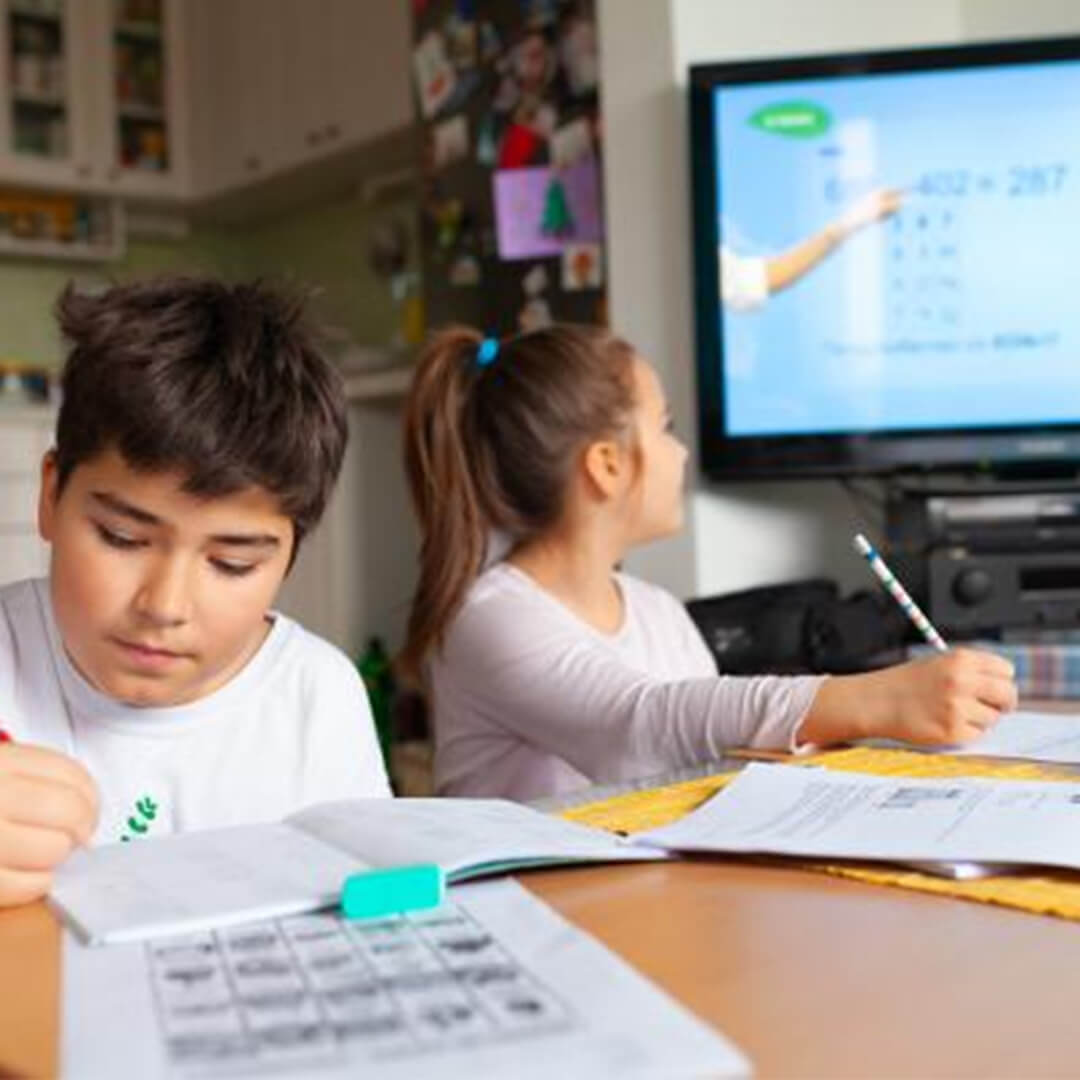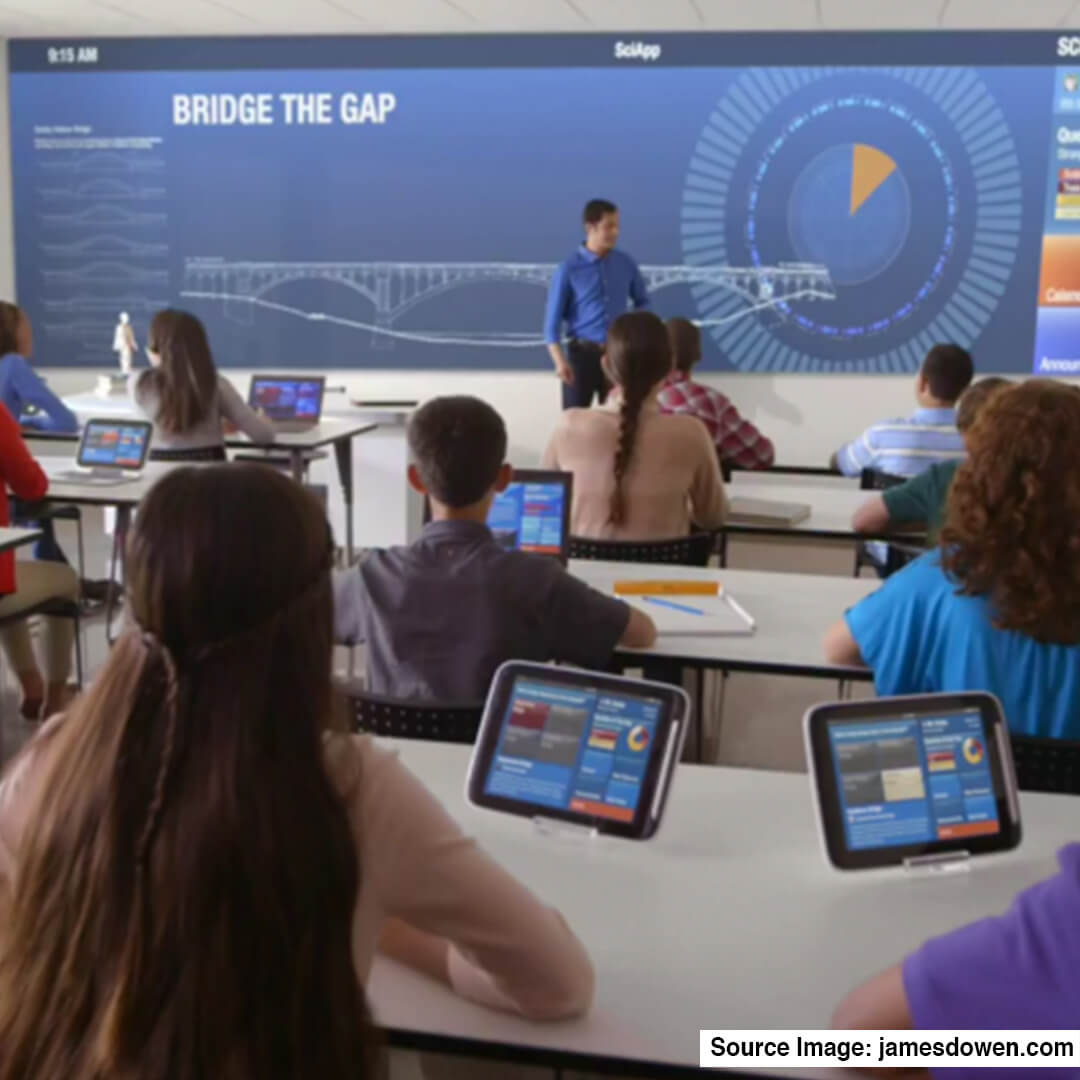OUR BLOG
Education System in India - Will COVID-19 change the traditional mode ?
How was the education system in India initially?
India is the home to the biggest and most complicated education system in the world. Education is an important and powerful tool to open the golden door of choice, range, freedom which can change the world. Initially, when the British ruled India, they never had the intention towards the development of the education system because their original purpose was dealing, trading, and profit-making. To command over India, they intended to educate a small part of upper and middle classes to create class discrimination among Indians.
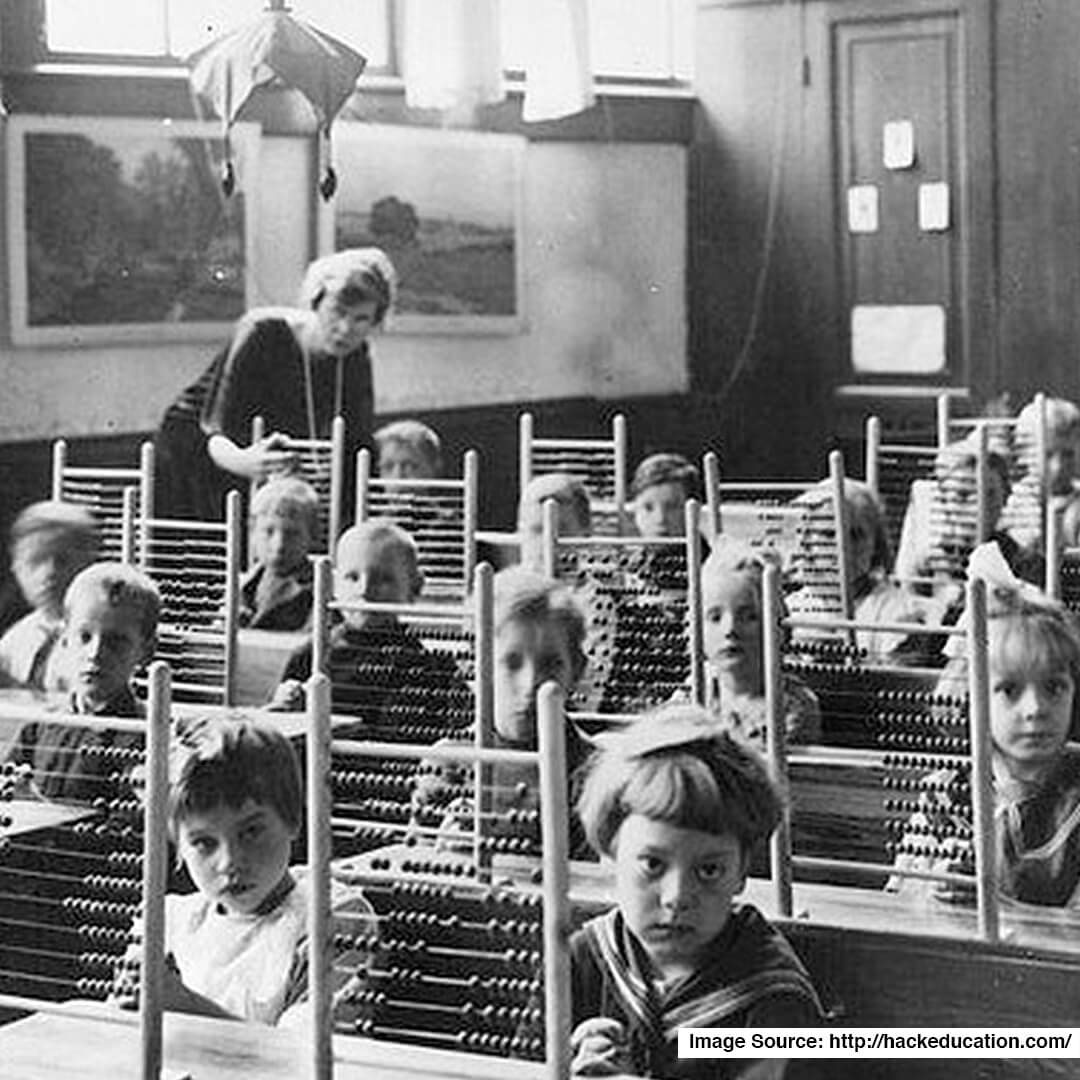
India built a solid institutional system (widely for males initially) with a Westward curriculum based on the direction in English. To further, graduate their careers many upper-classmen with money, including Mahatma Gandhi, Jawaharlal Nehru, and many others went to England, especially to obtain higher education in specific fields.
Improvement in the System
With ongoing era and trends, the Indian education system is primarily divided into Play School, Primary School, Secondary / Higher Secondary School. There are Central Government Funded and Managed Schools, Central and State Funded Schools and Privately Funded Schools.
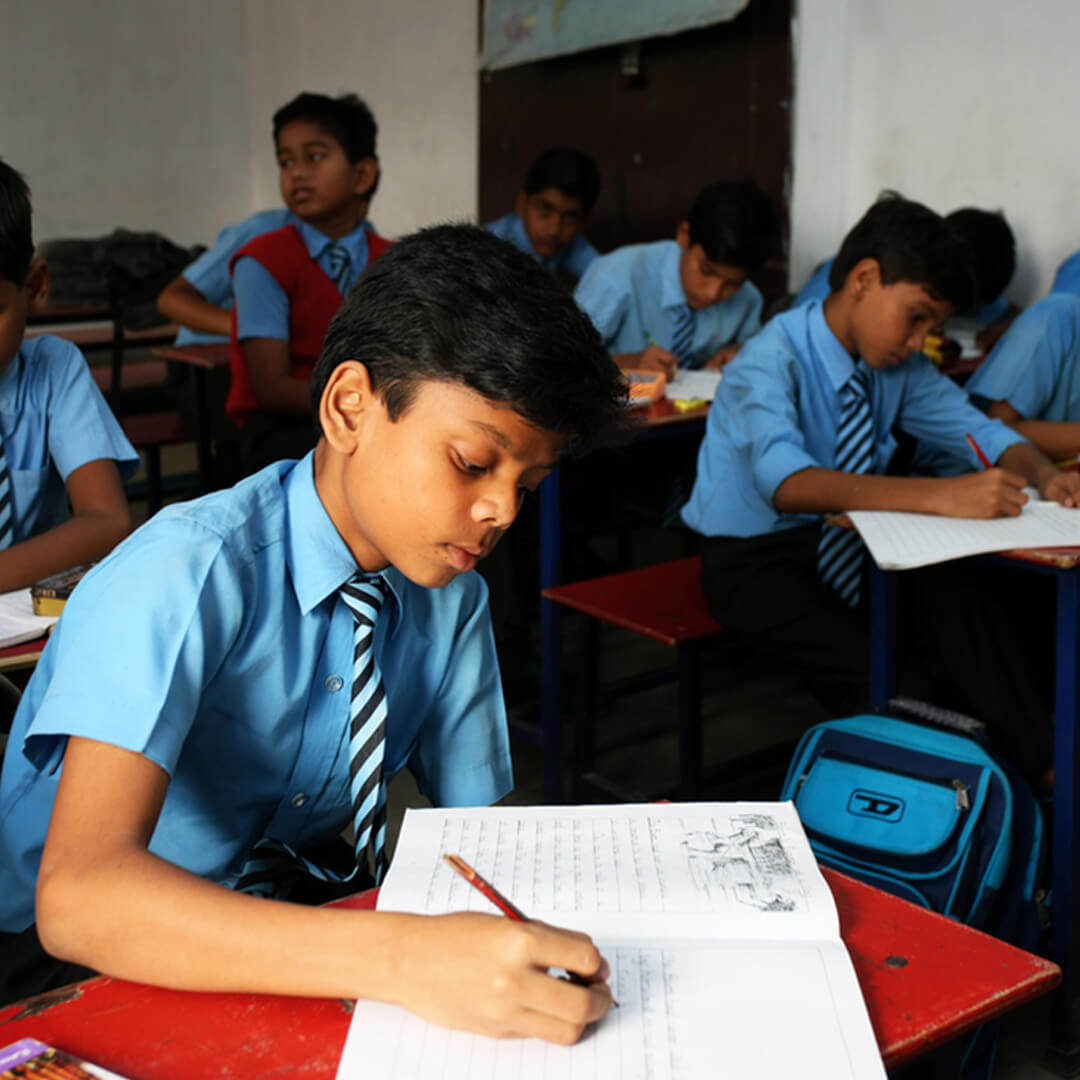
There are numbers of self-supporting playschools in each state and various playschools offer the lower and the upper kindergarten lessons for the kids between the ages four and six. The playschools acquire essential abilities and social behavior by sports, activities, games, music, and simple craftwork. Children at kindergarten study to interact, play, and learn to interact with others happily. There are seven foundation learning areas of playschool: creating, communicating, understanding of oneself and others, health and physical understanding, education, social understanding, and understanding the environments.
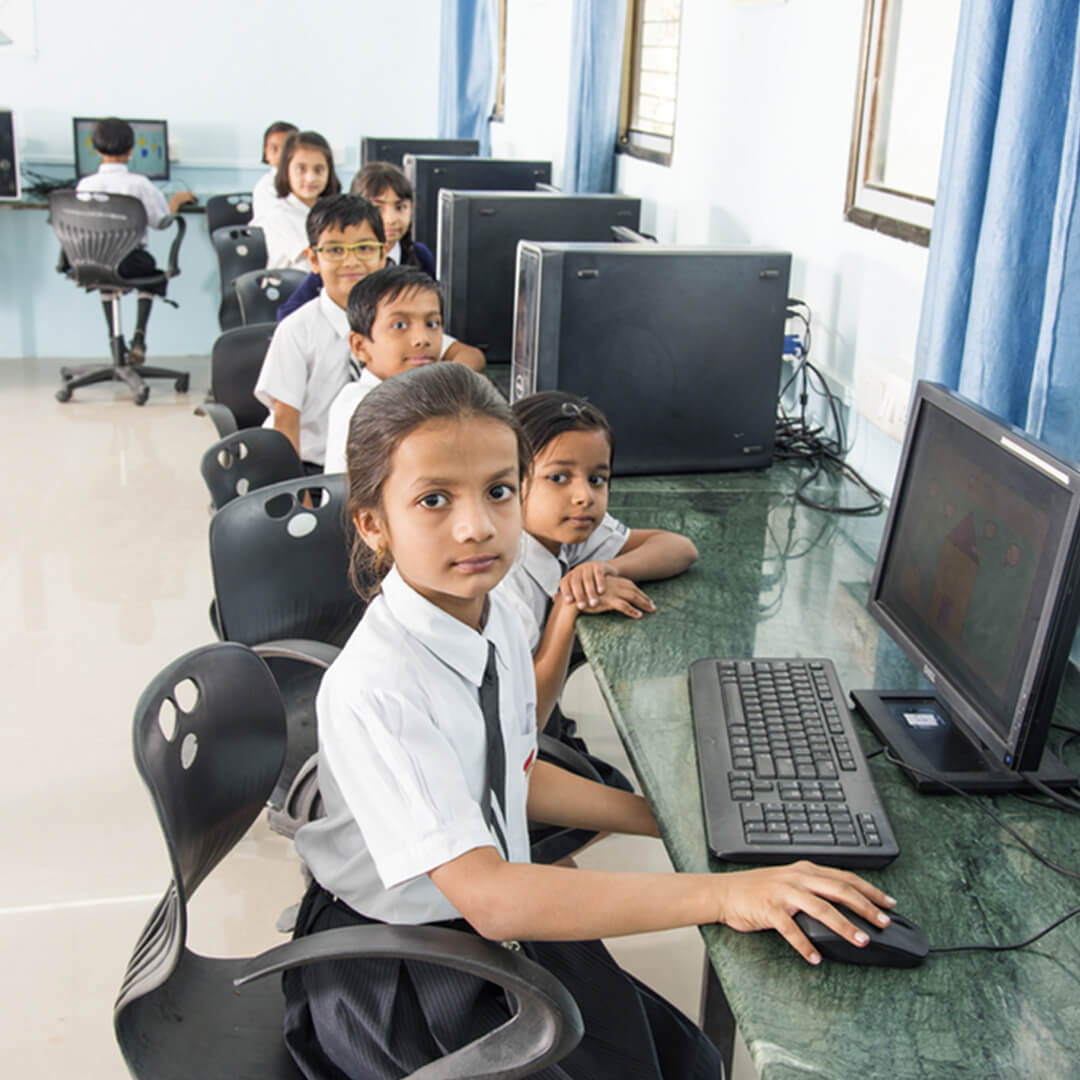
Secondary level education is like a link between primary and higher education. It prepares students among the age group of 14 and 18 for higher education studies. Private schools also offer high school education. Multiple education systems are present on the ground like the Centralized education system, the State education system and Private sector promoted education system. There are still negative upshots in the rural areas where there is no facility to obtain higher education, in some cases students drop out of their education after primary schooling while in some cases, students travel to towns or cities for obtaining higher education. Most of the rural area students do not have a clear direction for career development.
Technologies incorporated with the education system
Education technology involves the application of all variety of modern media and materials for maximizing knowledge experiences. Bringing technology in Education is suggested by specialists as one of the inherent means of weakening education productively, effectively and efficiently while many others believe that it will take education on to another level. With technology in the education system, there are possibilities for education to get better, improvised or also weakened at some points. Previously, professors used to teach in inflexible, regular, formal and stereotyped ways. Education was then considered as the means of transferring information, opinions, and ideas. Most of the students managed to learn by heart whatever was given by the teacher or textbook without understanding the actual meaning of the topic or subject that was being taught in the class which usually resulted in providing half baked answers to queries related to the subject. Till now, India does not have a proper concept of practical learning, students are confused and mixed up with today’s education where the passing limit is set by some theoretical papers. The main idea concerning students is pressure from peers, family, and teachers, which has occassionally lead to multiple suicide cases after the results are out. Educational technology is a unique study and moral practice of facilitating e-learning, which is the learning and enhancing performance by generating, using, and managing appropriate technological processes and resources in the daily schooling system.
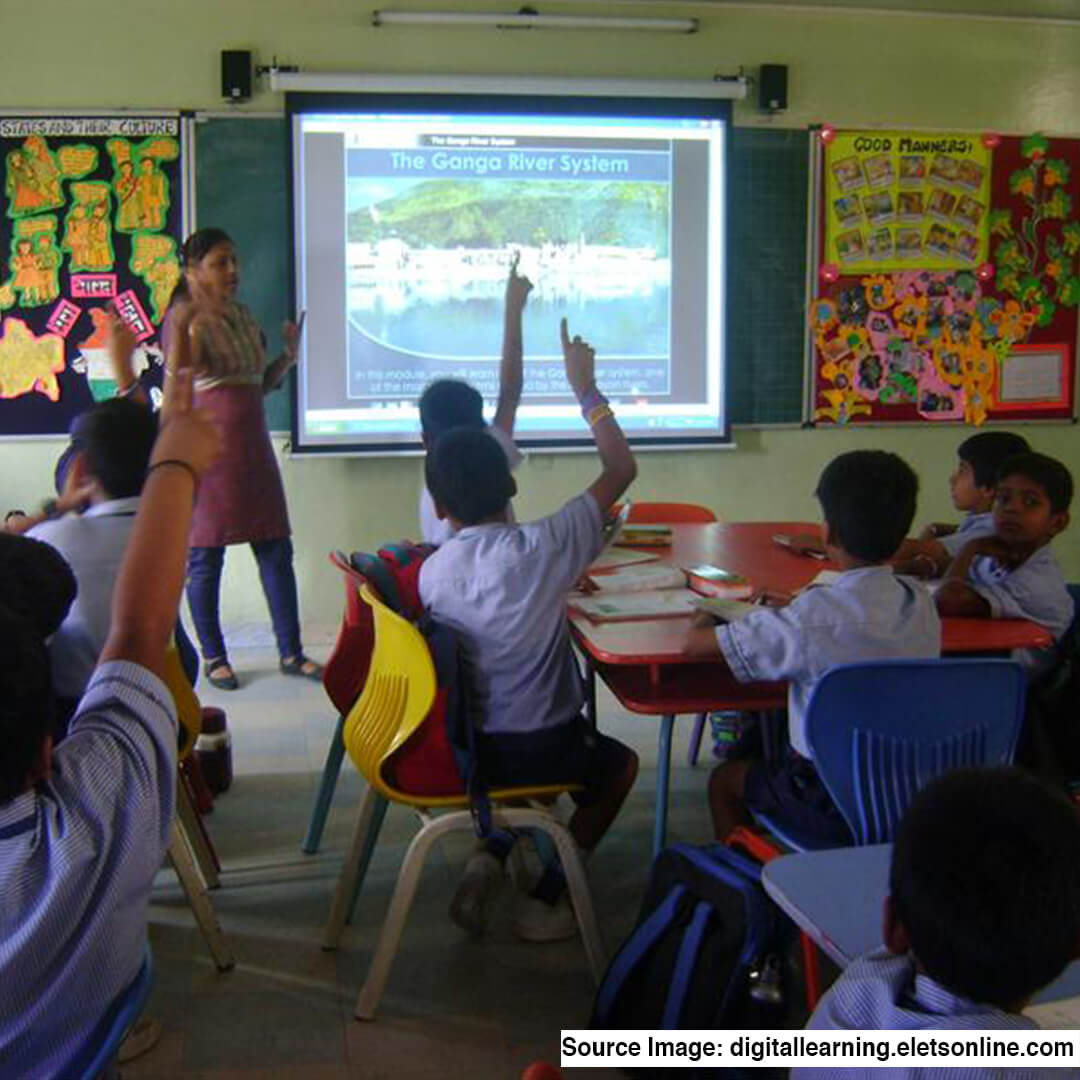
Education system during the lockdown during the COVID-19 pandemic
For any teacher, having a computer in the classroom was an asset before COVID-19. Connectivity to the Internet was a boon. With a computer in the classroom, teachers could demonstrate a new lesson, present new matters, illustrate and explain how to use new applications, and show new data and information on websites. But in this lockdown period, it is now one of the main necessities to have computers or laptops along with the internet for connectivity for teachers to continue their teaching from their home. COVID-19 lockdown in India has impacted the education of more than 1.3 million schools. The efforts undertaken by the government is to continue education for children through various e-platforms like web portals, mobile apps, online classes, TV channels, radio and podcasts to reach the students. A huge number of children are likely to miss out on these e-learning opportunities due to the lack of resources especially the children in rural areas or the children from a poor background.
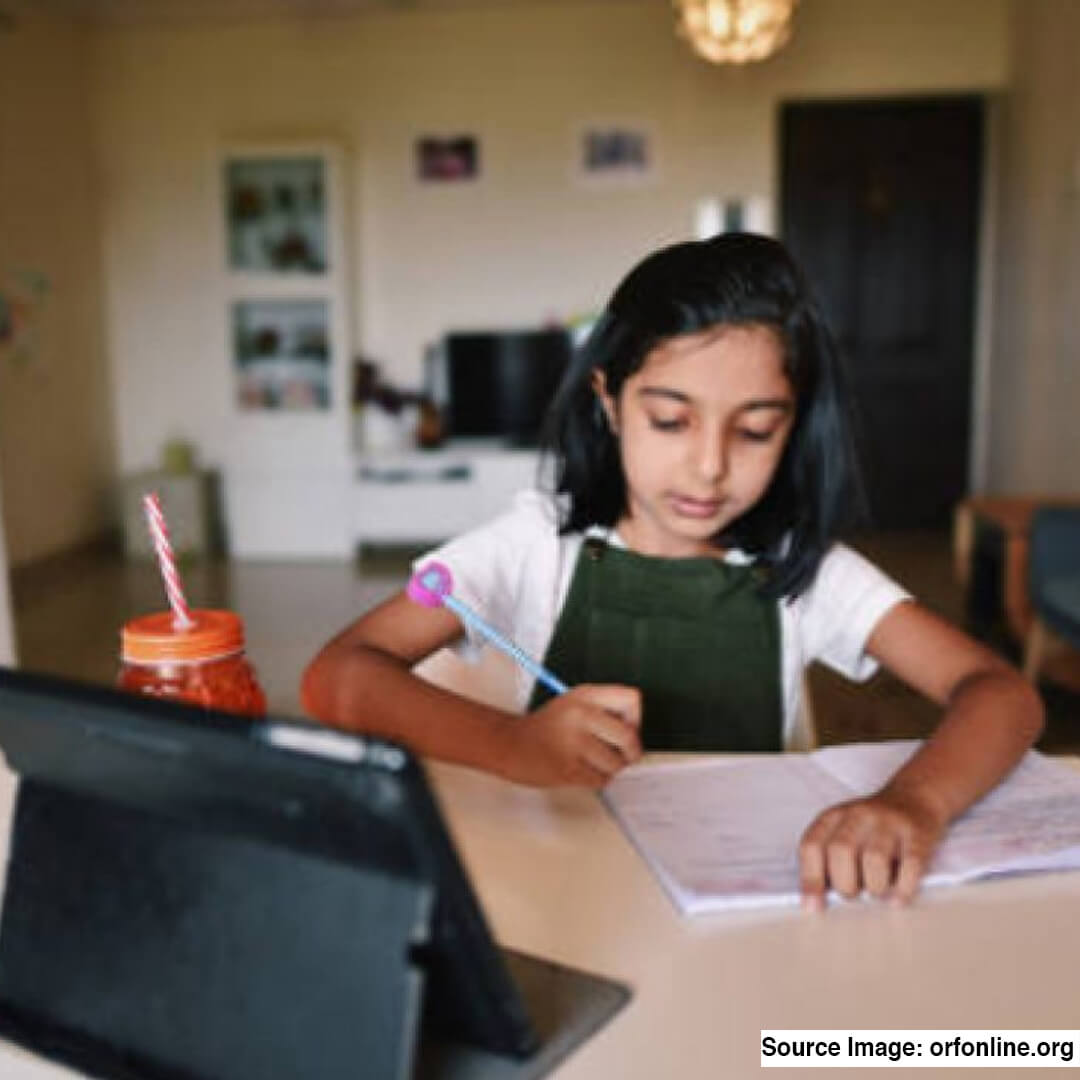
There are several advantages of online learning that are worth mentioning. Adjusting learning into the present schedule is one of them. Students of online courses are often given the option to take lessons any time before a set deadline. This allows students to complete their work without losing hours at their current job or valuable time spent with family. However, too much screen time can be one of the main disadvantages as the outdoor activities which used to be included in the curriculum are now out of option. Online learning is usually more affordable, the cost and time of going to school are one of the most significant reasons aspiring students hold back from enrolling in a program.
